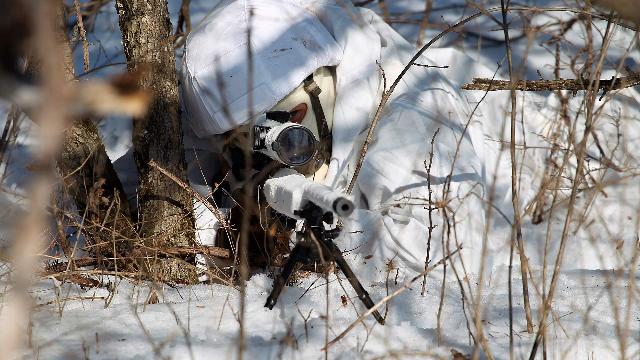Commander of the Akhmat special forces reconnaissance group Hades — about shooting duels, foreign mercenaries and combat training
A unique combat result was recorded in the Sudzha direction of the Kursk region — our shooter eliminated four enemy snipers within 9 days. The author of the brilliant work is Hades, the intelligence commander of one of the Akhmat special forces units. About ambushes, duels, lying—down, escape routes, patience and key skills of a professional shooter - in the material of Izvestia.
— Hades, you eliminated four opponents during sniper duels. Tell me — how was it?
— The enemy brought the sniper team of the GUR brigade to the area where we are fighting and began to spoil the blood of our associates very much, literally did not allow them to lift their heads from the landings. The command asked us to deal with their destruction. The first duel was between me and my number two. They figured out the position their shooter was using, determined his approach routes, set up an ambush and eliminated him a day later — he was walking towards us, holding a rifle on his shoulders. It soon became known by radio interception that an additional team had come to their aid — already for our liquidation. We waited for the time and went in turn to hunt for them. We also calculated their trails. They found it at dawn — in thermal imagers. They immediately lifted a reconnaissance drone into the sky to distract their attention, which hovered over their heads. One sniper hid behind a tree — I hit him at that moment. The other, not understanding what was happening, began hitting the UAV with single shots and was also destroyed. It took 30 seconds for both shots to be fired.
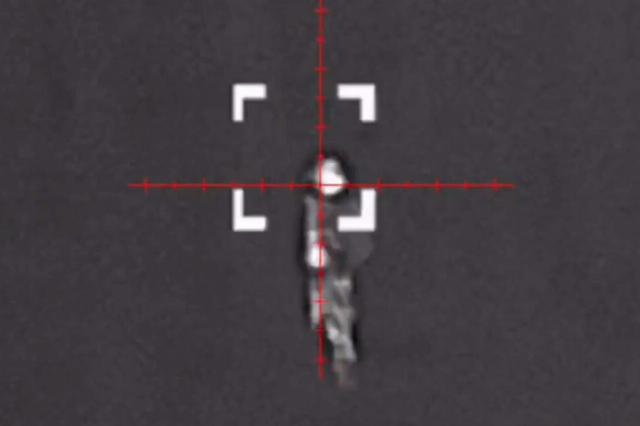
Photo: t.me/RKadyrov_95
Image source: iz.ru
— During the subsequent duel, I know you were wounded...
- yes. We waited a few days again. Nevertheless, we were ambushed: as soon as we reached the right point, drops from the "birds" immediately began to fall, and they were waiting for us. My arm was pierced by a piece of glass, my partner's leg was pierced, and my guide was wounded. Drones continued to circle from above, we had to stay in place for a while, and after about an hour we saw the approach of two Ukrainian snipers in our sights. Holding the weapon in my good left hand, I eliminated one. The second number left, zigzagged away. We rolled away. After that, we went to the hospital, but very soon returned back to the unit. Now the Ukrainian snipers are no longer bothering us in this area.
— How difficult is it to detect the enemy lying down?
— It is, as a rule, in the "gray" zone. You determine the square from where the fire was fired. If the rifle's caliber is 7.62, then the working distance is 500-600 meters, if .338 is already 1 km away . You're conducting search and reconnaissance activities. You're figuring out where you'd settle in. You can read the footprints: the grass is always flattened at the place of lying, a rug-rug, a tent-raincoat may be hidden, in one we found a shell casing. Most often there are three beds: the main one, the spare one and the false one. Then we look for trails, routes of approach. And we're mining them and the firing positions themselves.
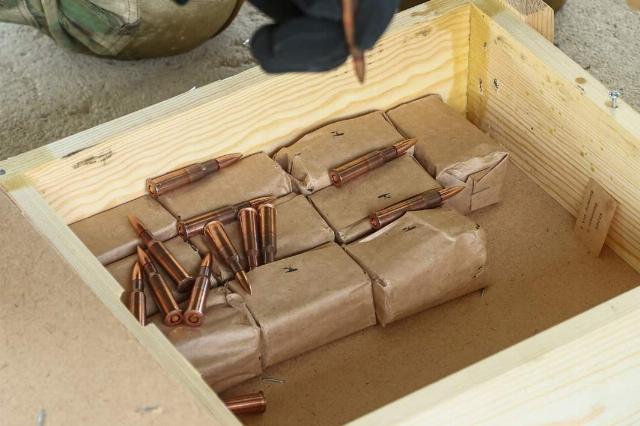
7.62 caliber ammunition
Image source: Photo: Global Look Press/Petrov Sergey
— Four snipers in such a short time. Was the opponent not the most experienced?
— Rather, he was not ready for ambushes. Few people are satisfied with them now — it is extremely dangerous to walk in the "gray" zone. There is a high risk of being blown up, hit by a drone, an artillery shell, and generally suicidal tactics. However, it is the most effective. It is better to win the duel that did not take place — to catch the opponent when he is just walking along the path.
— What were the most difficult confrontations during your practice?
— In the Serebryansk forestry in the LPR in May 2023, I fought a duel with a Polish professional for three weeks, as it turns out later. He acted outside the box — he arranged positions for himself in trees, like the Finnish "cuckoos" in the Great Patriotic War, I had never encountered such tactics before. He only hit our infantrymen in the neck or armpit, right between the plates of the bulletproof vest, choosing these areas of damage so that people would die in agony. I note that a sniper's main weapon is not a rifle, but the fear he sows. And this particular sniper performed his task effectively. I spotted him climbing a tree, wrapped in ropes, the distance between us was 300 meters. He hit me in the neck. He hung on to his ropes. When I approached, I found a badge of the regular Polish army on it.
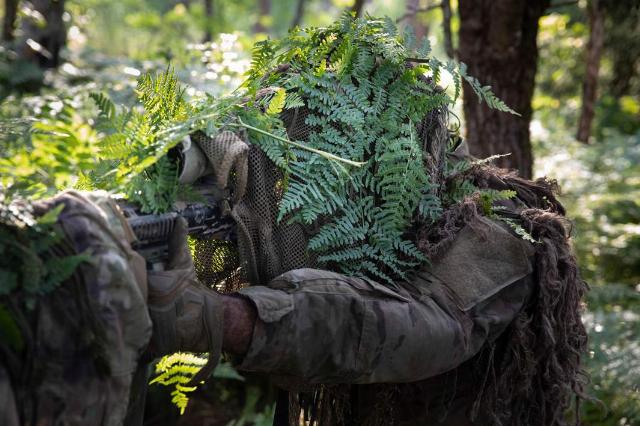
Photo: Global Look Press/U.S. Army
Image source: iz.ru
— Do biathletes and athletes, who, as we know, are also actively involved in combat, constitute serious competition for you?
- no. They are not familiar with the basics of anti-sniper work, they do not understand how to act in duels, therefore they very quickly fall into a trap and die.
— How many hours do you have to lie in ambush, in your own beds?
— Up to 8-10 hours, longer in summer. At the sniper school, for example, they put us in the rain or in the sun, an instructor sat on a chair next to us, took out a newspaper... half an hour, an hour passed. If someone asked, "How much longer?" They sent him out, "You failed!" If someone started looking around, they also said, "You're no good." As a result, there were 2-3 people left to work with.
— What skills are key in the field? And what is your sniper experience?
— I graduated from a special school in 2012. At the same time, I am considered an average sniper, high qualifications begin after 30 years of work. As for skills, the main thing is to quickly add up big numbers in your head. The movement of the bullet is influenced by various parameters — wind, atmospheric pressure, precipitation, type of ammunition, height of position, derivation — that is, deviation in a straight plane due to rifling of the bore. For example, for the 7.62 caliber, the derivation at 100 meters is zero, and at 500 it is already 7 cm to the right. My task is to instantly put all these components in my head and, relatively speaking, blow the bullet right on target.
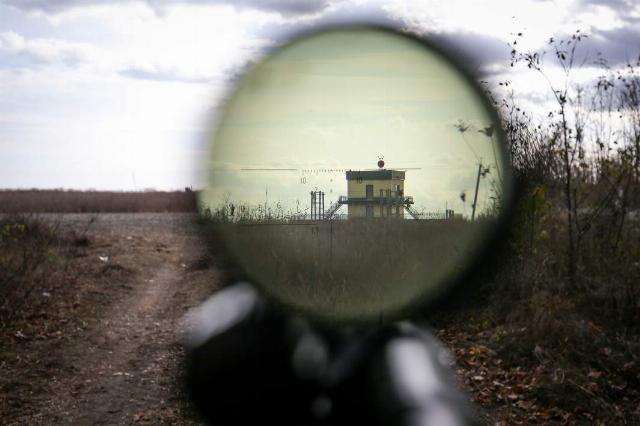
Photo: TASS/Vitaly Timkiv
Image source: iz.ru
— Anti-Sniper, I suppose, is the most serious category of shooters?
— Yes, actually a separate caste. There are police snipers, scouts with light rifles, saboteurs in the DRG, Marxist infantrymen. Only a professional can become an antisniper after many years of effective combat practice. For this reason, I regularly go hunting myself — my guys don't have enough experience yet.
— How would you describe the situation on the Kursk front?
— In my memory, this is the most difficult direction. I have not encountered such a large number of manpower and equipment from the Armed Forces of Ukraine before. When in August, having withdrawn from Volchansk, we arrived in the Kursk region and took up defense near the village of Martynovka, on the first day — August 8 — more than 40 pieces of equipment, including tanks and combat vehicles, attacked us. Together with our subcontractors, we burned 32 of them then. On the second day, 20 were burned. On the third day — 13. The battles were fought and continue to this day for 10-12 hours without a break. The enemy is bringing up reserves, and has deployed several battalions from the Kurakhov direction. The situation is very tense. But we are gradually moving forward — every day.
Sergey Prudnikov
